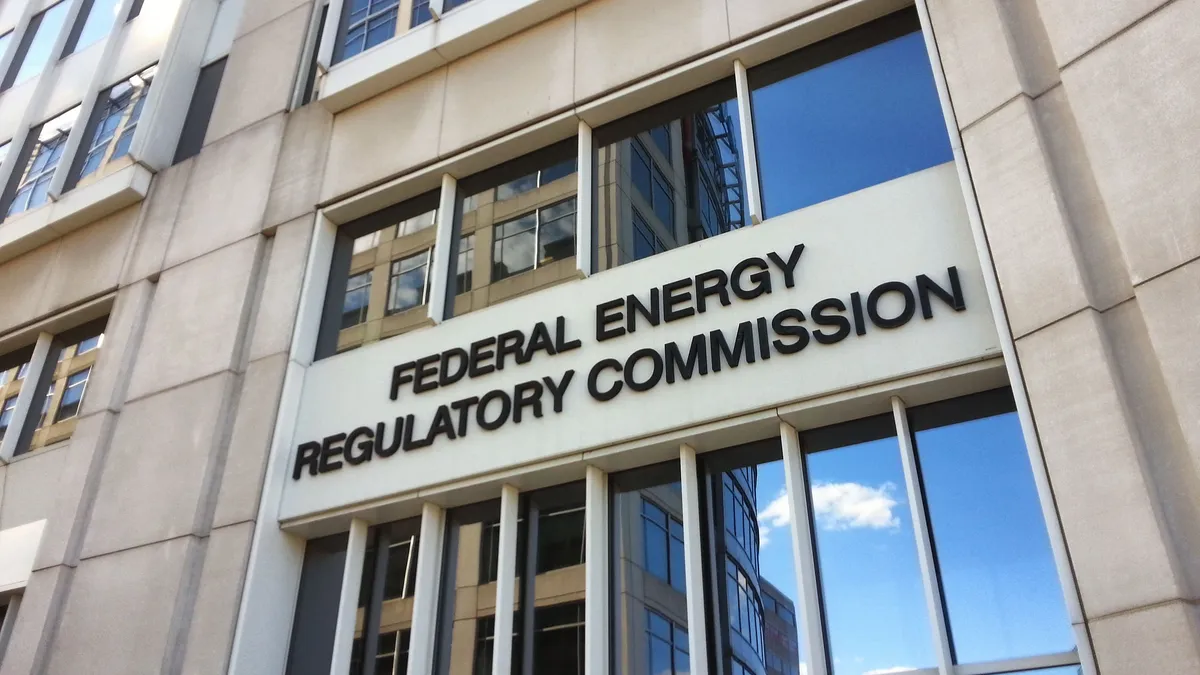Dive Brief:
- The Federal Energy Regulatory Commission (FERC) on Monday issued an order accepting tariff revisions proposed by ISO New England, aimed at allowing batteries and other storage technologies to more fully participate in the region's wholesale electricity markets.
- The revisions to the ISO's Market Rule 1 will become effective April 1, and will allow storage to be dispatched into real-time energy markets.
- Federal regulators have yet to take up a separate filing the ISO submitted in December, however, which the grid operator says demonstrates full compliance with FERC Order No. 841 on electric storage participation in markets.
Dive Insight:
FERC is still considering stakeholder comments regarding grid operators' Order 841 compliance plans filed last year, but has gone ahead and signed off on New England's tariff. The commission passed the storage participation order in February of last year.
As part of New England's Energy Storage Device (ESD) project, the grid operator said it will allow storage resources to "offer the full range of their asset's capability" in the regulation market, while continuing to operate as a dispatchable energy market resource.
According to the grid operator, ESDs can be either a binary storage facility, such as pumped storage, or a continuous storage facility (CSF), such as a battery. Pumped storage is registered as two assets — a generator and dispatchable asset-related demand, but the ISO said they cannot quickly switch between operation modes.
CSFs, the second type of resource, are being introduced under the ISO's changes. These resources are 5 MW or larger and can switch between maximum output and maximum consumption in ten minutes or less. They are registered as three asset-types: an Alternative Technology Regulation Resource, a non-regulation capable generator and a dispatchable-asset-related demand asset.
"The three asset types, combined together, represent the single physical asset," the ISO explains on the ESD project web site. "This arrangement will allow the asset to perform in the various markets without requiring major changes to existing software and processes."
Software and dispatch processes will be automated, however, to keep up with the speed at which batteries can switch between charging and discharging.















